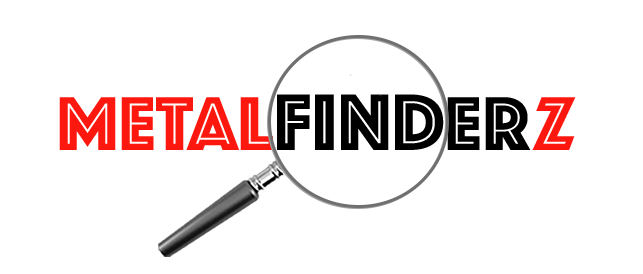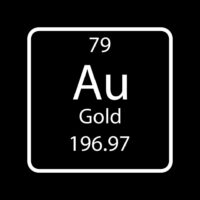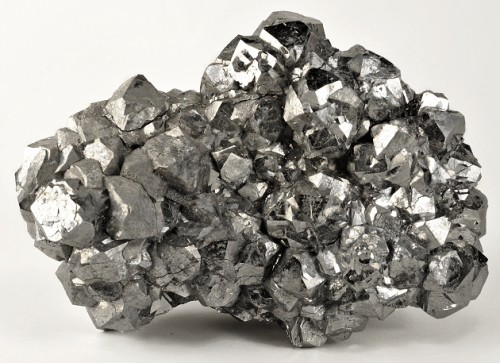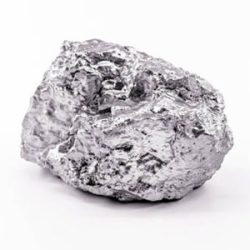Gold: The Enduring Allure of the Timeless Treasure
For millennia, gold has captivated humanity with its mesmerizing
Iuster, enduring value and symbolic significance. Beyond its historical and cultural weight, gold plays a crucial rols in diverse industries, ranging from jewelry and electronics to investment portfolios and central bank reserves. Let’s delve into the intricacies of the gold market, exploring its sources, applications, and key
considerations for international traders and buyers.
Description:
Gold, a soft, yellow metal with exceptional malleability and ductility, primarily exists in gold-bearing ores like sulfide minerals or alluvial deposits. Extracting the metal involves a multi-step process, including mining, crushing, milling, flotation, and either cyanide leaching or fire assaying techniques. Gold content in ore varies significantly, impacting processing costs and overall yield.
Key Source Countries:
- China: Leading producer, boasting vast gold reserves and established mining operations. Over 11% of global gold production originates from China.
- Australia: Second-largest producer, contributing around 9% of global output. Key production regions include Kalgoorlie and Boddington.
- Russia: Holds approximately 9% of the global market share, with major production areas like Sukhoi Log and Krasnoyarsk.
- United States: Significant producer, accounting for around 8% of global output. Nevada and South Dakota hold extensive gold deposits.
- Other notable producers: Ghana, Peru, South Africa, Indonesia, and Canada contribute to the remaining global production.
World Output Volumes:
Global gold production reached approximately 3,500 tonnes in 2023, showcasing modest growth over the past decade. Despite challenges like declining ore grades and environmental regulations, new discoveries and exploration projects continue to fuel output.
Fluctuations in demand and supply dynamics, particularly from China, can cause price volatility.
Major Producers and Market Share:
- Newmont Corporation: The world’s largest gold producer, controlling roughly 6% of the global market. Operates extensive mines in Australia, Ghana, and the United States.
- Barrick Gold Corporation: Canadian mining giant, accounting for around 5% of global output. Renowned for its diverse portfolio of high-quality gold mines.
- AngloGold Ashanti: South African producer, contributing around 4% of global gold production. Focuses on responsible mining practices and innovation.
- Gold Fields Limited: South African company with significant gold production in South Africa, Ghana, and Australia, holding approximately 3% of the global market share.
- Other major producers: Kinross Gold Corporation, Agnico Eagle Mines Limited, Polymetal International plc, Freeport-McMoRan, and numerous smaller players contribute to the remaining market share.
Forms of Trade:
Gold is primarily traded in two forms:
- Gold bars: Large, refined blocks of pure gold (over 99.5% gold content). Used as primary form for international trade, investment, and central bank reserves.
- Gold coins: Minted gold pieces of varying denominations and purity (commonly 24 karat or .9999 fine). Used for jewelry, investment, and collector purposes.
Price Trends (Past 5 Years):
- 2019: Prices hovered around $1,300 per ounce due to balanced supply and demand.2020: Pandemic uncertainties caused a surge to over $2,000
per ounce before settling around $1,800 per ounce.
- 2021: Concerns about inflation and economic recovery pushed prices to an all-time high of over $2,000 per ounce.
- 2022: Prices corrected downwards to around $1,800 per ounce due to rising interest rates and a strengthening US dollar.
- 2023: Prices maintained some volatility between $1,700 and $1,900 per ounce, influenced by geopolitical tensions and global economic developments.
Major Importing Countries:
- India: Leading importer, driven by strong cultural demand for gold jewelry and investment purposes.
- China: Major importer, despite being a significant producer, to meet its growing domestic demand for jewelry and investment.
- Switzerland: Important trading hub and importer, holding vast quantities of gold in vaults and refineries.
- United States: Significant importer for jewelry manufacturing, investment, and central bank reserves.
- United Arab Emirates: Growing import hub, fueled by increasing demand for gold jewelry and investment in the region.
Major Exporting Countries:
- Switzerland: Dominant exporter, benefiting from its established refining and trading infrastructure.
- South Africa: Significant exporter, with a long history of gold mining and established export channels.
- Australia: Major exporter, contributing around 20% of global gold exports.
- United States
Considerations for International Traders and Buyers of Gold:
Navigating the gold market requires careful consideration of various factors due to its unique characteristics and diverse applications. Here are some key points for international traders and buyers:
Demand Fluctuations:
- Jewelry: Monitor trends in global jewelry consumption, particularly in key markets like India and China, which can significantly impact gold demand.
- Investment: Stay informed about global economic uncertainties, interest rates, and geopolitical tensions, as these factors heavily influence gold’s appeal as a safe-haven asset.
- Central banks: Track central bank gold buying and selling activity, as these institutions hold significant gold reserves and their decisions can affect market sentiment.
Supply Chain Risks:
- Geopolitical tensions: Disruptions in major producing countries like China, Russia, or South Africa can impact supply and prices.
- Environmental regulations: Stringent regulations on mining and processing can affect production costs and potential supply disruptions.
- Ethical sourcing: Ensure your suppliers adhere to responsible mining practices and environmental regulations.
Quality Variations:
- Gold purity: Understand the exact purity of gold (typically measured in karats or fineness) to ensure it meets downstream processing or investment requirements.
- Impurities: Analyze the presence of impurities like silver, copper, or lead, as they can influence the metal’s color, malleability, and suitability for specific applications.
- Form and specification: Choose between gold bars, coins, flakes, or specific alloys depending on your end-use needs and international regulations.
Price Volatility:
- Hedging strategies: Employ hedging instruments like options and futures contracts to mitigate price fluctuations, especially for large transactions.
- Market analysis: Track key economic indicators and industry trends to anticipate potential price movements.
- Cost flexibility: Factor in potential price volatility when calculating project costs and margins.
Logistics and Transportation:
- Shipping routes: Evaluate different shipping routes based on cost, timeliness, and security, considering gold’s high value and potential classification as a hazardous material.
- Insurance: Secure adequate insurance coverage for your gold shipments to mitigate potential risks of loss or damage.
- Import duties and regulations: Be aware of import duties and customs regulations in the destination country, including potential hallmarks or purity certification requirements.
Financing Options:
- Trade finance: Explore trade finance instruments like letters of credit to secure transactions and manage payment risks, especially for international trade.
- Commodity financing: Consider specialized financing solutions designed for commodity trade, potentially offering competitive rates and flexible terms.
- Payment terms: Negotiate favorable payment terms with suppliers, balancing risk mitigation with cash flow needs.
Investment Considerations:
- Investment horizon: Tailor your investment strategy to your long-term financial goals, as gold can exhibit both short-term volatility and long-term value appreciation.
- Portfolio diversification: Allocate a portion of your portfolio to gold to potentially benefit from its diversification benefits and potential hedge against inflation.
- Storage and security: Choose secure storage solutions for your physical gold holdings, considering options like bank vaults, bonded warehouses, or insured private facilities.
Emerging Technologies:
- Central bank digital currencies (CBDCs): Be aware of the potential impact of CBCs on the demand for physical gold, particularly if they incorporate gold-backed features.
- Blockchain technology: Stay informed about the potential use of blockchain for gold trading and settlement, which could enhance transparency and traceability in the market.
By understanding these considerations and conducting thorough research, international traders and buyers can navigate the intricacies of the gold market with greater confidence. Adapting to evolving demand patterns, mitigating supply chain risks, and prioritizing responsible sourcing are crucial for success in this dynamic and historically significant market. Remember, staying informed about emerging technologies and their potential impact on the market can provide valuable insights for future-proofing your trading and investment strategies










